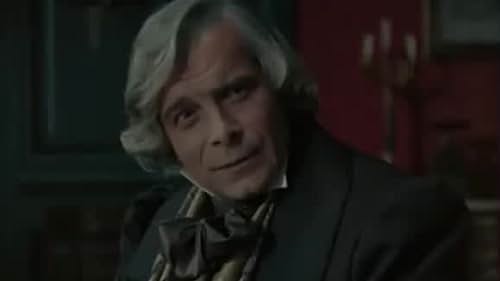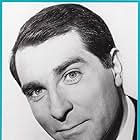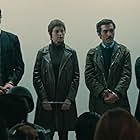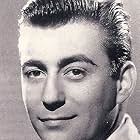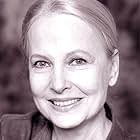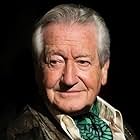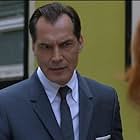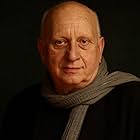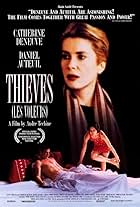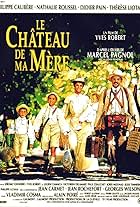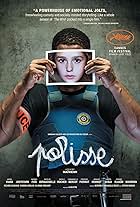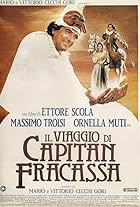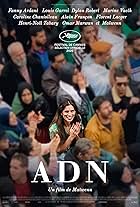Pierre Francois Lacenaire became, during a short period prior to his death in 1836, the most renowned person in France and, as this film opens, he is seen within his comfortable and spacious prison cell the eve of his rendezvous with the guillotine, as he hosts final visitors. Adroitly portrayed by Daniel Auteuil, Lacenaire scandalised Paris at his trial for murder due to a display of keen barristerial talents that, in association with his attack of Catholicism based apparently upon his experiences as student in a Jesuit school, and his obvious and complete lack of moral health, kept his countrymen of all classes in captivation. Director Francis Girod, by polished employment of flashbacks, plaits the episodic structure of the scenario into a consistently interesting portrait of Lacenaire, who patterned his life's actions after those of the infamous criminal (later chief of police) Eugene Francois Vidocq. The memoirs of Lacenaire, reprinted in 1952, are the framework for this well-produced work, and they attempt to account for his sociopathic behaviour as, despite his being raised in a comfortable bourgeois environment, the flawed youth established early on a primary goal being his suicide through the commission of homicide, although an inherent distaste of violence was his principle for utilization of henchmen to assist in the performance of his crimes. Dostoevsky, beguiled by Lacenaire's outrageous acts, eventually modeled Raskolnikov after him in "Crime And Punishment", and this film mentions in passing other writers who were entertained by the 36 year old murderer while he was jailed, among whom was Prosper Merimee, author of the novella "Carmen", basis of Bizet's opera. A splendidly crafted screenplay by Georges Conchon (his last), and a piquant motival score from Laurent Petitgirard combine in guiding a viewer toward the film's most significant scenes, the beautifully edited court appearances of Lacenaire, vividly realized by Auteuil and better experienced in the primary French version, since the English language subtitles are at times ill-matched with the dialogue. Although it has been recorded that the Monarchy was fearful of Lacenaire's potential effect upon the French masses, only about 600 attended his execution that is depicted here in accurate fashion, a keynote of the entire production that also strongly benefits from correct costuming by Yvonne Sassinot de Nesle and the outstanding set designs of Jacques Bufnoir, sterling acting by, in addition to Auteuil, Jean Poiret and Jacques Weber, with ancillary highlights, in a motion picture blessed with excellent photography and lighting, being screenplay emphases upon the contemporaneous importance of phrenology, the sing-song and puerile poetry of Lacenaire, and especially the final scenes, exact in their details of the accused's rejection of a chaplain's ministrations and his shrugged doffing of his frock coat, all blended worthily to increase knowledge of a man who in recent time has been well-drawn on film only in CHILDREN OF PARADISE, by Marcel Carne and Jacques Prevert.

